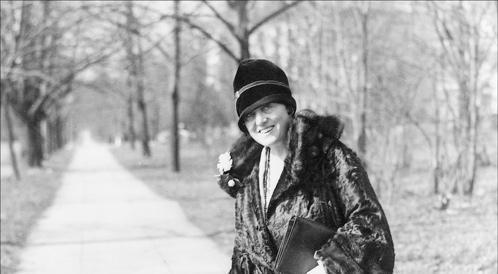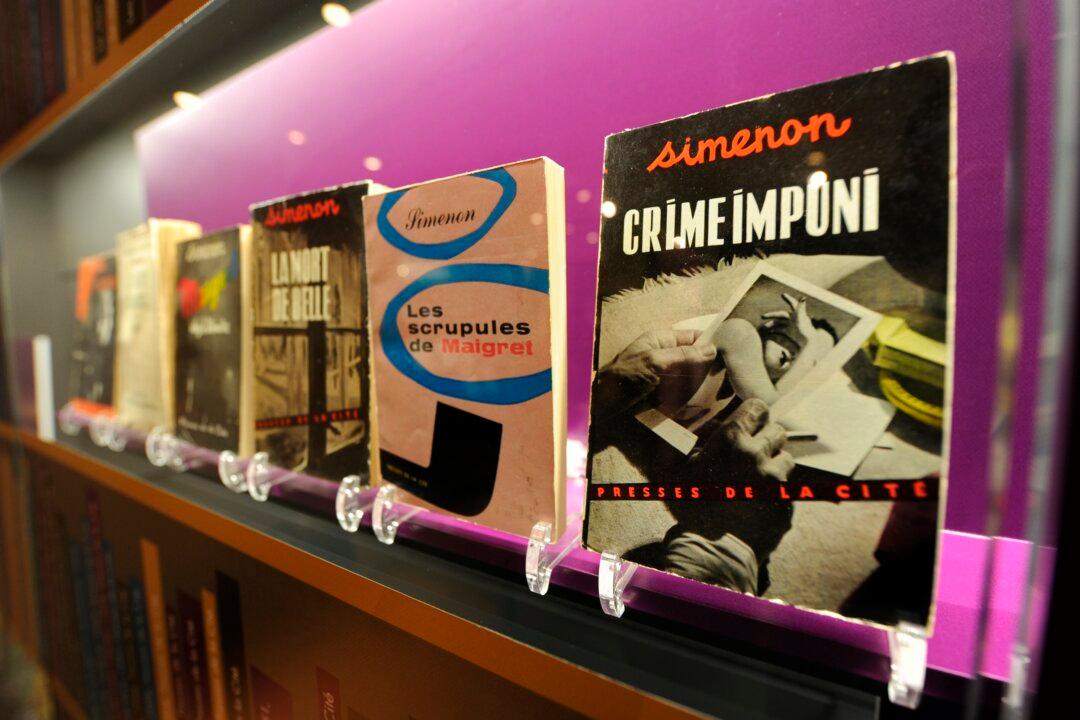Mary Roberts Rinehart (1876–1958) almost wound up dead just like one of her own characters.
On the morning of June 21, 1947, a disgruntled cook named Blas Reyes pointed a loaded gun at Rinehart and pulled the trigger. The only thing that saved the famous mystery writer was the age of the bullets; the filthy and ancient cartridges did not fire. The gun dropped to the floor.





